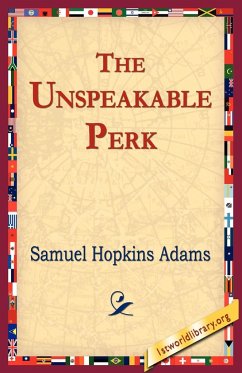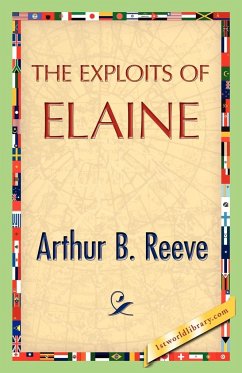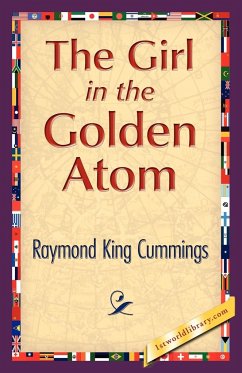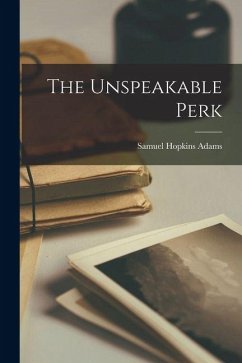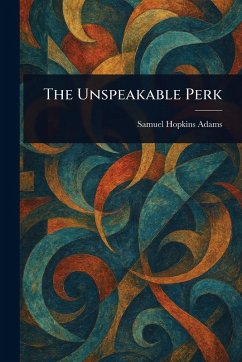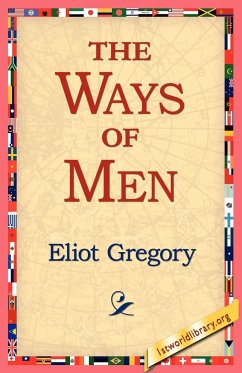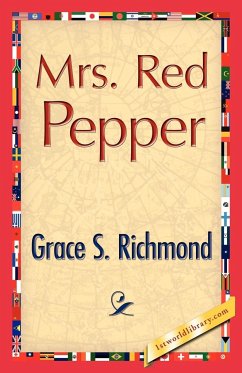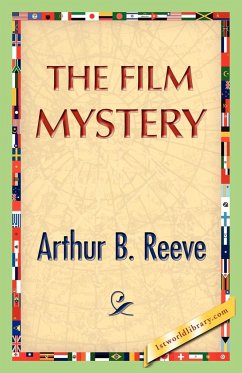
The Film Mystery
Versandkostenfrei!
Versandfertig in 1-2 Wochen
18,99 €
inkl. MwSt.
Weitere Ausgaben:

PAYBACK Punkte
9 °P sammeln!
Camera! Kennedy and I had been hastily summoned from his laboratory in the city by District-Attorney Mackay, and now stood in the luxurious, ornate library in the country home of Emery Phelps, the banker, at Tarrytown. "Camera!-you know the call when the director is ready to shoot a scene of a picture?-well-at the moment it was given and the first and second camera men began to grind-she crumpled-sank to the floor-unconscious!"




